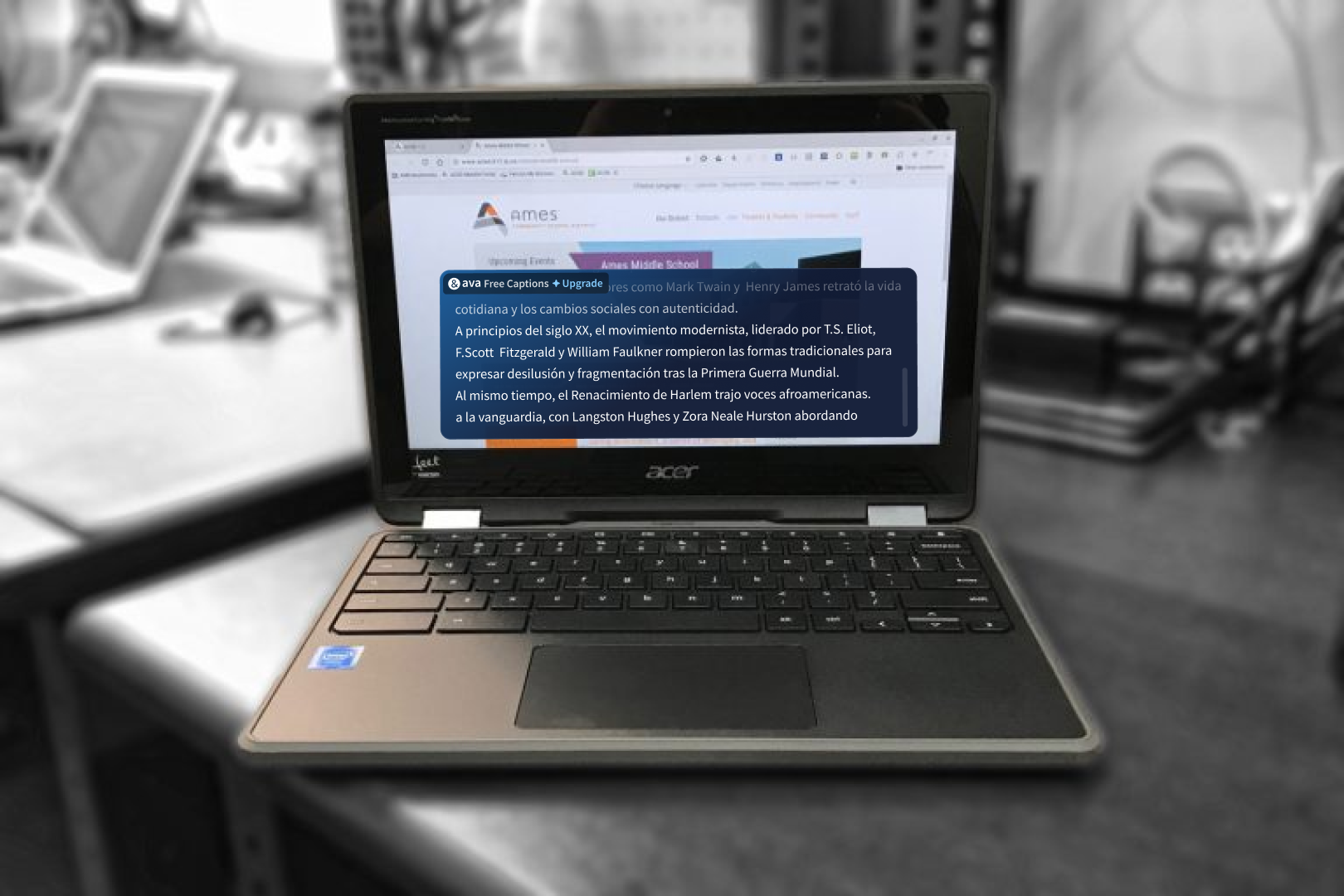
Imagine you’re Deaf or Hard-of-Hearing, and you need to make a call to your doctor’s office or order a pizza. It’s not as simple as picking up the phone and dialing a number. That’s where Video Relay Service (VRS) comes in—a game-changer in the way Deaf and Hard-of-Hearing individuals connect with the world. VRS is like having a bridge between two different languages, making sure that people who speak with their hands and those who speak with their voice can understand each other seamlessly.
Let’s break it down: VRS allows people who use American Sign Language (ASL) to communicate with voice telephone users through video equipment. The magic happens through a video link that lets a communication assistant (CA)—think of them as a sign language interpreter on video—facilitate the conversation between the Deaf user and the hearing caller. The CA signs with the ASL user and speaks with the hearing person, making sure the messages go back and forth without a hitch. It’s like a three-way conversation, except one person’s talking with their hands, another is talking with their voice, and the third is making sure the conversation stays fluid and natural.
VRS and the Telecommunications Relay Service (TRS) Program
VRS didn’t just pop up out of nowhere. It’s part of a bigger picture called the Telecommunications Relay Service (TRS) program, which is run by the Federal Communications Commission (FCC). The whole deal started back in 2003 when videophones became available to the public, but the FCC has been running the TRS program since the Americans with Disabilities Act (ADA) of 1990 made it a requirement. The FCC oversees a TRS fund that pays for these services, meaning VRS is offered at no cost to Deaf people who qualify.
Here’s how it works: if you’re Deaf, Deafblind, or hard of hearing and use ASL, you can get VRS on your videophone, smartphone, tablet, or computer as long as it has a video capability and a solid internet connection. The best part? You don’t need to pay a dime for it. Companies like Convo are compensated by the TRS fund, so the service is free for you, the user.
How Does a VRS Call Actually Work?
Picture this: You’re a Deaf user sitting at home with your laptop or smartphone, and you want to make a call to a friend who doesn’t sign. You connect to a VRS interpreter through a video call. The interpreter then places a voice call to your friend, and voilà, the conversation is underway. The interpreter signs everything your friend says and voices everything you sign. It’s like you’re in the same room talking directly, with no need for typing or delays in communication. The beauty of VRS is that it allows conversations to flow naturally, with the ability to interrupt, use facial expressions, and even add subtle details that only sign language can capture.
But what about privacy, you ask? No need to worry. The interpreting profession has strict confidentiality rules, mandated by the FCC, which means your conversations stay private. The interpreters are there to relay the conversation exactly as it’s said, without changing or editing the messages. It’s like a window into the conversation—transparent, secure, and respectful.
VRS vs. Traditional TRS
You might have heard of TRS, or Telecommunications Relay Service, before. TRS is the umbrella term for services that help people with hearing or speech disabilities place and receive calls. VRS is a specific type of TRS that uses video to connect ASL users with hearing people, but TRS also includes text-based options like Internet Protocol Relay (IP Relay).
With IP Relay, you don’t need a TTY device like in the old days; all you need is a computer or smartphone with an internet connection. The relay operator works as the middle person, typing out what the hearing caller says and then reading back the Deaf user’s typed messages. It’s functional but lacks the fluidity and immediacy of VRS, where video lets the conversation happen in real-time.
Why VRS Is More Than Just a Service—It’s a Game-Changer
VRS isn’t just another tool in the communication toolbox; it’s a cultural and technological milestone for the Deaf community. Before VRS, communicating over the phone was often limited to slow, clunky text-based systems that couldn’t capture the nuances of ASL. With VRS, Deaf and Hard-of-Hearing people can express themselves fully through facial expressions, body language, and even those little nonverbal cues that make conversations feel real. It’s more than just a call—it’s a chance for Deaf individuals to be seen and understood on their own terms.
Plus, the rise of high-speed internet and advanced video technology has made VRS calls faster and more accessible than ever. Whether you’re using a dedicated videophone or just a smartphone app, VRS makes it possible to connect in a way that feels immediate and personal.
The FCC’s Role in VRS
The FCC plays a crucial role in making sure VRS is available and accessible to anyone who needs it. The FCC not only oversees the service but also regulates the standards for confidentiality and interpreter training. They’re the ones ensuring that the TRS program stays up-to-date, reliable, and free for its users. The FCC’s VRS Guide is a good place to start if you’re curious about the nitty-gritty details or if you want to know more about the various options available under TRS.
Why VRS Matters
At the end of the day, VRS is more than just a technical service—it’s a lifeline that brings equality and inclusivity to communication. It levels the playing field, making sure Deaf and Hard-of-Hearing people have the same opportunities to connect, share, and be heard as anyone else. The world is a noisy place, but thanks to VRS, the Deaf community doesn’t have to miss out on the conversation.




